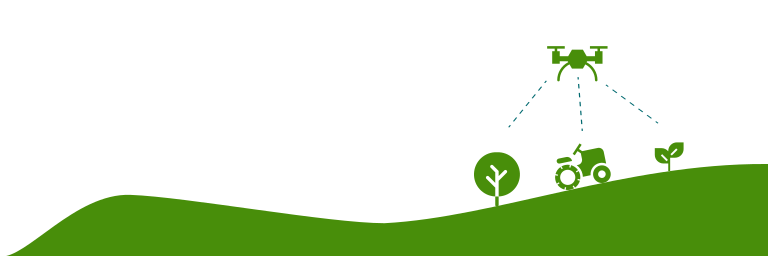Views and opinions expressed are however those of the author(s) only and do not necessarily reflect those of the European Union. Neither the European Union nor the granting authority can be held responsible for them.
Smart systems changed profoundly the traditional practice of livestock farming methods. Productive and competitive animal husbandry has become possible with the use of modern technologies like machine learning models. The modern technologies enable the collection of extensive amounts of smart livestock farming data which can be employed for day-by-day animal measures such as morphological measures, physiological measures, phenological measures and other related measures.
There are three important aspects to modern-day smart animal husbandry:
- animal measures as big data
- all-inclusive practical applications of animal measures in smart animal husbandry
- mainstream machine learning techniques that are employed in smart analysis.
Smart production, nutrition, and waste management, as well as increased animal welfare and better education have the potential to decrease the impact of livestock farming on the natural resources while increasing the profitability of all market participants.
The approach of data-based operating models goes beyond the electronic reproduction of processes by really leveraging new technologies, such as big data, predictive analytics, and internet of things. It is based on pattern recognition, resilient networks, and self-organization.
The largest potential lies in individual animal monitoring and analysis, which is referred to as precision livestock farming. In precision livestock farming tools and sensors are used to continuously and automatically monitor key indicators of livestock in the areas of animal health, productivity, and environmental impact.


